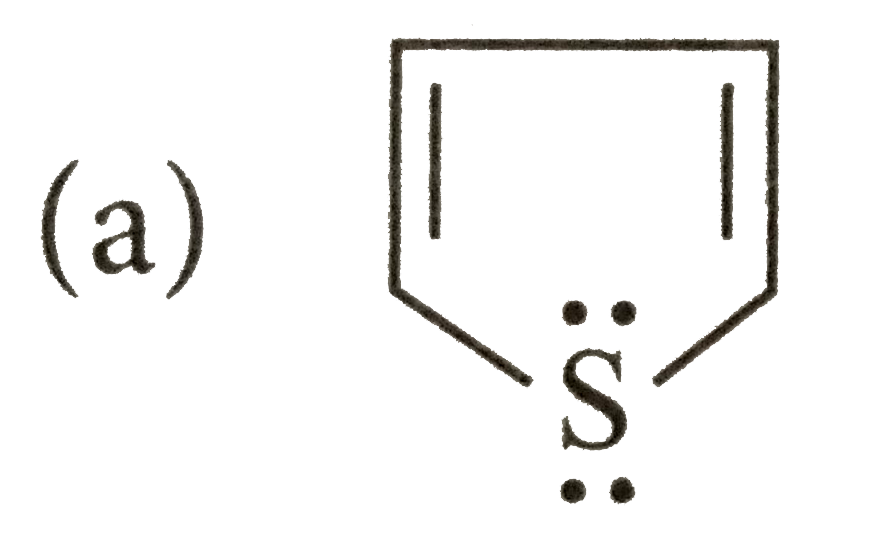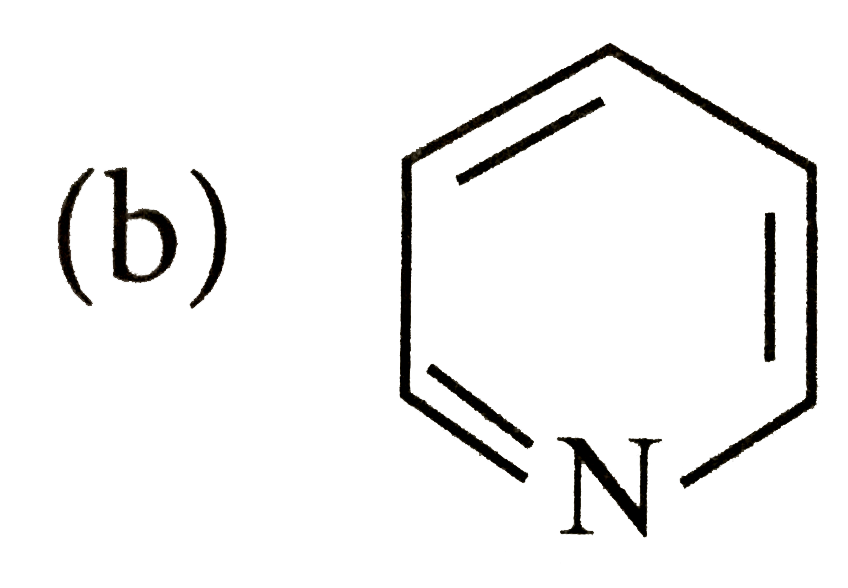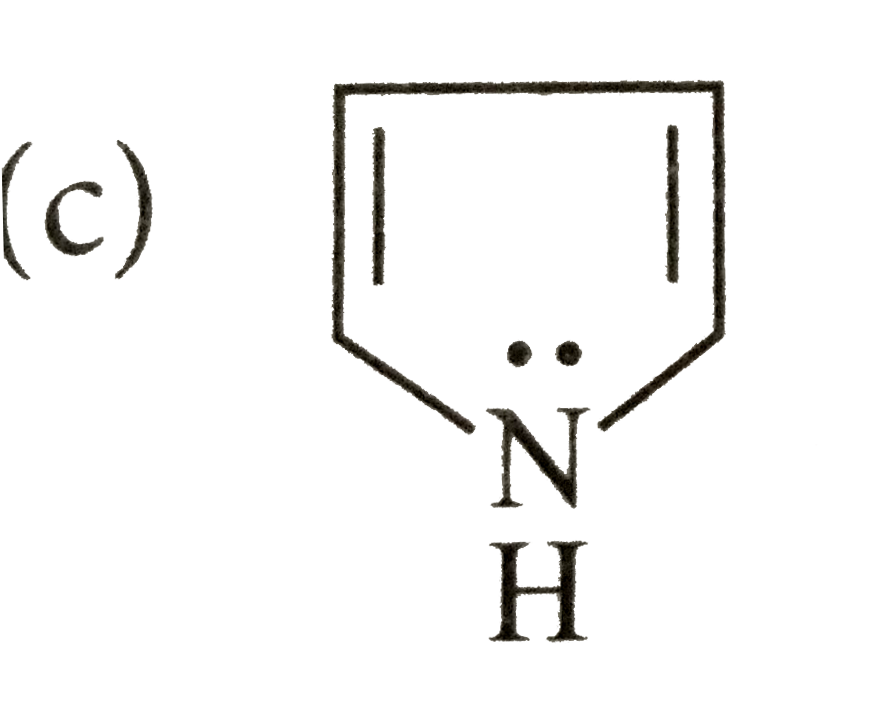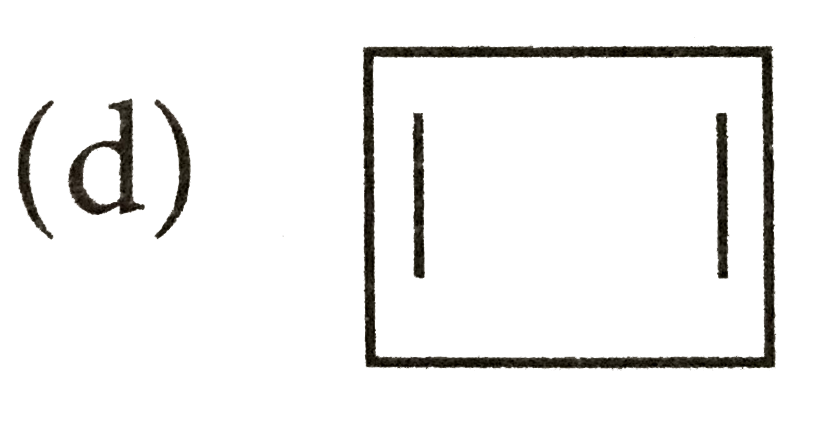Which of the following species does not exist?
[BF6]3−
[AlF6]3−
[GaF6]3−
[InF6]3−
The correct Answer is:A
To determine which of the following species does not exist, we will analyze each option: BF6^3-, AlF6^3-, GaF6^3-, and InF6^3-.
1. Identify the Central Atom and its Coordination Number:
- All the species listed involve a central atom (Boron, Aluminum, Gallium, Indium) surrounded by six fluoride ions (F^-). This indicates a coordination number of 6.
2. Analyze Boron (B):
- Boron has an atomic number of 5 with the electron configuration of 1s² 2s² 2p¹. In its ground state, it has no d-orbitals available for bonding.
- Since boron lacks empty d-orbitals, it cannot accommodate additional electrons from six fluoride ions to form BF6^3-.
3. Analyze Aluminum (Al):
- Aluminum has an atomic number of 13 and possesses the electron configuration of 1s² 2s² 2p⁶ 3s² 3p¹. It has available d-orbitals in the third shell.
- Therefore, Al can form AlF6^3-.
4. Analyze Gallium (Ga):
- Gallium has an atomic number of 31 with the electron configuration of (Ar) 3d¹⁰ 4s² 4p¹. It also has d-orbitals available.
- Thus, Ga can form GaF6^3-.
5. Analyze Indium (In):
- Indium has an atomic number of 49 with the electron configuration of (Kr) 4d¹⁰ 5s² 5p¹. It has d-orbitals available as well.
- Hence, In can form InF6^3-.
6. Conclusion:
- Out of the four species, BF6^3- cannot exist due to the absence of empty d-orbitals in boron. The other three species (AlF6^3-, GaF6^3-, and InF6^3-) can exist because their central atoms have available d-orbitals.
Final Answer:
BF6^3- does not exist.
- All the species listed involve a central atom (Boron, Aluminum, Gallium, Indium) surrounded by six fluoride ions (F^-). This indicates a coordination number of 6.
- Boron has an atomic number of 5 with the electron configuration of 1s² 2s² 2p¹. In its ground state, it has no d-orbitals available for bonding.
- Since boron lacks empty d-orbitals, it cannot accommodate additional electrons from six fluoride ions to form BF6^3-.
- Aluminum has an atomic number of 13 and possesses the electron configuration of 1s² 2s² 2p⁶ 3s² 3p¹. It has available d-orbitals in the third shell.
- Therefore, Al can form AlF6^3-.
- Gallium has an atomic number of 31 with the electron configuration of (Ar) 3d¹⁰ 4s² 4p¹. It also has d-orbitals available.
- Thus, Ga can form GaF6^3-.
- Indium has an atomic number of 49 with the electron configuration of (Kr) 4d¹⁰ 5s² 5p¹. It has d-orbitals available as well.
- Hence, In can form InF6^3-.
- Out of the four species, BF6^3- cannot exist due to the absence of empty d-orbitals in boron. The other three species (AlF6^3-, GaF6^3-, and InF6^3-) can exist because their central atoms have available d-orbitals.
BF6^3- does not exist.
Topper's Solved these Questions
- BOOK - ICSECHAPTER - SOME P-BLOCK ELEMENTS EXERCISE - TRUE OR FALSE TYPE QUESTION19videos
SOME P-BLOCK ELEMENTS
- BOOK - ICSECHAPTER - SOME P-BLOCK ELEMENTS EXERCISE - FILL IN THE BLANKS TYPE QUESTIONS22videos
SOME P-BLOCK ELEMENTS
- BOOK - ICSECHAPTER - SOME P-BLOCK ELEMENTS EXERCISE - ESSAY (LONG ANSWER) TYPE QUESTION36videos
SOME P-BLOCK ELEMENTS
- BOOK - ICSECHAPTER - SOME BASIC CONCEPTS OF CHEMISTRY EXERCISE - NCERT TEXT-BOOK EXERCISES (WITH HINGS AND SOLUTIONS)36videos
SOME BASIC CONCEPTS OF CHEMISTRY
- BOOK - ICSECHAPTER - STATES OF MATTER : GASES AND LIQUIDSEXERCISE - NCERT TEXT-BOOK EXERCISES (With Hints and Solutions)23videos
STATES OF MATTER : GASES AND LIQUIDS
Similar Questions
Knowledge Check
- Question 1 - Select One
Which one of the following species does not exist under normal conditions?
ABe+2BBe2CB2DLi2 - Question 2 - Select One
Which of the following species does not show aromaticity?
A B
B C
C D
D
- Question 3 - Select One
Which of the following polymer does not exist in geometrical isomeric forms?
APolyisopreneBPolyacetyleneCPolybutadieneDPolypropylene
Which of the following species does / do not exist ?
View SolutionWhich of the following species does / do not exist ?
View SolutionWhich of the following halide does not exist
View SolutionWhich of the following species exists:
View SolutionWhich of the following species is not expected to exist ?
View Solution

